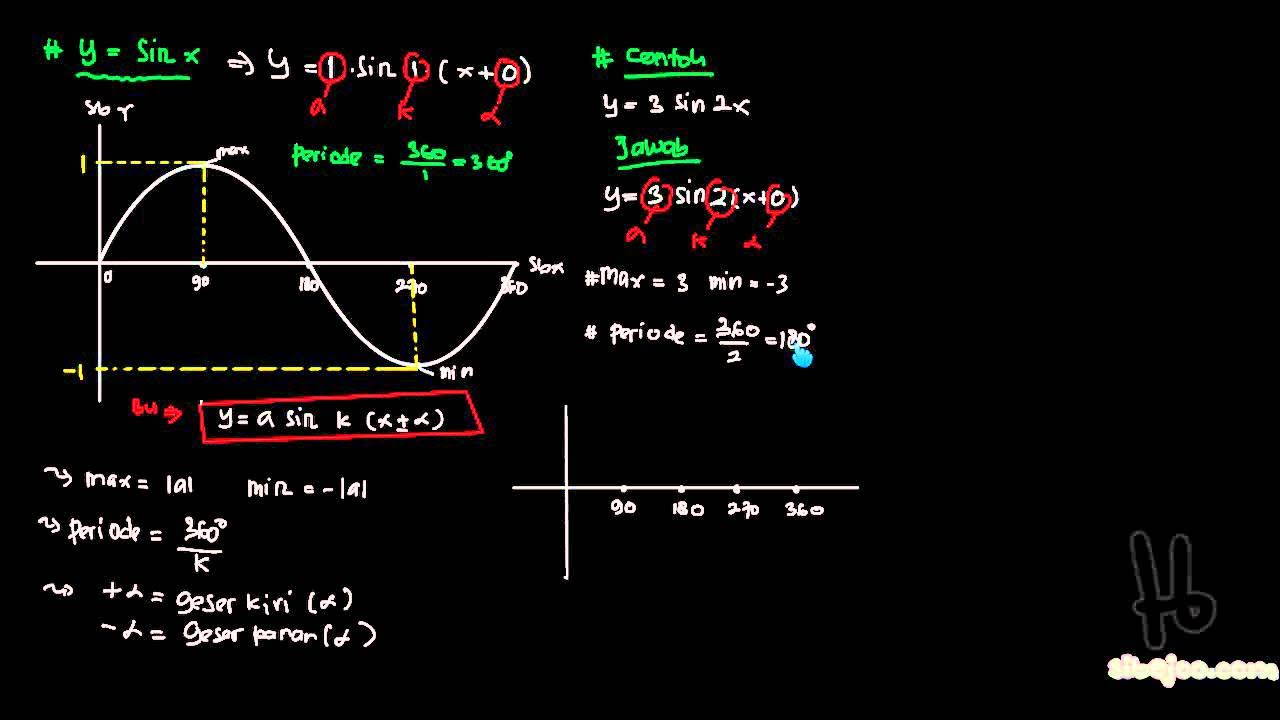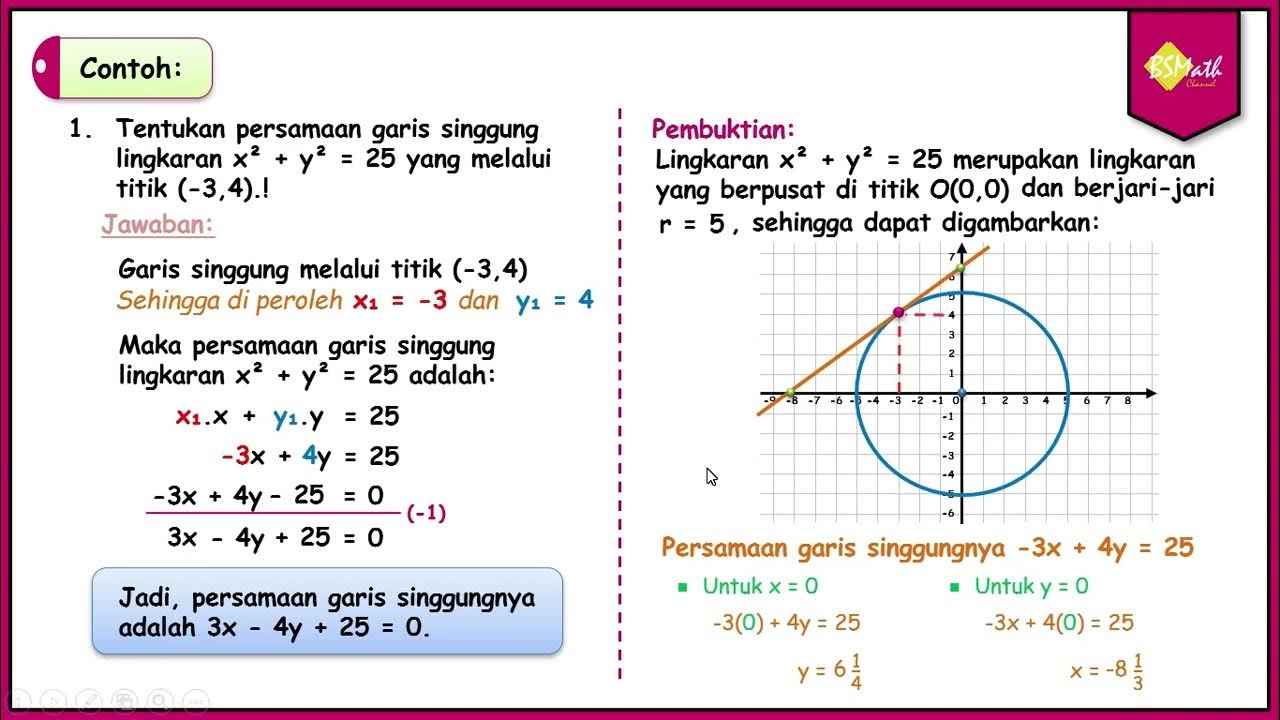Solution of Wave Equation in Rectangular Waveguide
Summary
TLDRThis lecture provides a detailed explanation of solving the wave equation in a rectangular waveguide. It covers key concepts like the propagation constant, Helmholtz’s equation, and the method of variable separation to derive the general solution. The lecture also introduces important parameters such as the cutoff wave number and the propagation constant for waveguides. Through three distinct cases of wave propagation—no propagation, propagation, and attenuation—the behavior of waves in the waveguide is thoroughly explored. The final solution to the wave equation is presented, offering insights into wave dynamics within the guide.
Takeaways
- 😀 The rectangular waveguide has an x-axis (horizontal), y-axis (vertical), and a z-axis (direction of wave propagation).
- 😀 The waveguide dimensions are defined by breadth (a), width (b), and length (L) along the z-axis.
- 😀 The electric and magnetic field equations in the frequency domain are expressed as ∇²E = γ²E and ∇²H = γ²H, respectively.
- 😀 The propagation constant γ is defined as γ = jω√(με) for lossless dielectric, where α and β represent attenuation and phase constants.
- 😀 The components of electric and magnetic fields in the waveguide satisfy Helmholtz's equation: ∇²ψ = γ²ψ.
- 😀 The solution to Helmholtz's equation involves separating variables, leading to expressions for X(x), Y(y), and Z(z) in terms of sine and cosine functions.
- 😀 The constants k_x², k_y², and k_z² are derived from the separation of variables, representing the squared wave numbers in the x, y, and z directions.
- 😀 The general solutions for X(x), Y(y), and Z(z) involve sine and cosine functions, leading to a final expression for ψ(x, y, z).
- 😀 The propagation constant for the waveguide (γ_G) is determined by γ² + k_c², where k_c is the cutoff wave number.
- 😀 The cutoff frequency (f_c) defines the boundary below which no wave propagation occurs. If ω²με < k_c², the wave is attenuated.
- 😀 Three cases of wave propagation are discussed: no propagation at cutoff frequency, propagation above cutoff frequency, and attenuation below cutoff frequency.
Q & A
What is the general setup of a rectangular waveguide in the given lecture?
-The rectangular waveguide has its x-axis oriented horizontally, y-axis vertically, and wave propagation occurs in the positive z-direction. The waveguide's cross-sectional area is defined by the dimensions 'a' (breadth along the x-axis) and 'b' (width along the y-axis), with the length of the waveguide denoted as 'L'.
What are the key field equations governing wave propagation in the waveguide?
-The electric and magnetic field equations in the frequency domain are represented as ∇²E = γ²E for the electric field and ∇²H = γ²H for the magnetic field, where γ is the propagation constant.
What does the propagation constant γ represent, and how is it defined?
-The propagation constant γ represents the rate at which waves propagate through the waveguide. It is defined as γ = jω√(με), where ω is the angular frequency, μ is the permeability, and ε is the permittivity of the material in the waveguide.
What is the Helmholtz equation, and how is it applied to the waveguide?
-The Helmholtz equation is a partial differential equation given as ∇²Ψ = γ²Ψ, where Ψ represents the field components. In the context of the waveguide, it governs the relationship between the electric and magnetic field components, which must satisfy this equation for wave propagation.
How is the wave function Ψ solved using variable separation?
-Using the method of variable separation, the wave function Ψ is assumed to be a product of functions, each dependent on one spatial coordinate (x, y, z). This leads to three separate differential equations for X(x), Y(y), and Z(z), which are then solved to obtain the general solution.
What are the general solutions for the components X(x), Y(y), and Z(z) of the wave equation?
-The general solutions for each component are: X(x) = A sin(kₓx) + B cos(kₓx), Y(y) = C sin(kᵧy) + D cos(kᵧy), and Z(z) = E sin(k_z z) + F cos(k_z z). These are used to express the complete solution for Ψ.
What is the significance of the cutoff wave number k_c in wave propagation?
-The cutoff wave number k_c determines the frequency threshold for wave propagation in the waveguide. Below this frequency, waves cannot propagate and are instead evanescent. Above the cutoff frequency, waves can propagate with a specific propagation constant.
What happens when the operating frequency is below the cutoff frequency?
-When the operating frequency is below the cutoff frequency, the wave is attenuated. The propagation constant γ becomes zero, leading to no wave propagation in the waveguide, and the wave decays exponentially.
How is the propagation constant for waveguide modes different from the general propagation constant?
-The propagation constant for waveguide modes, denoted γᵍ, differs from the general propagation constant γ. It is given by γᵍ = jβᵍ, where βᵍ is the phase constant inside the waveguide. The value of γᵍ takes into account both the general propagation constant γ and the cutoff wave number k_c.
What are the three cases of wave propagation in the waveguide?
-The three cases are: (1) If ω²ε = k_c², there is no wave propagation, and the wave is evanescent. (2) If ω²ε > k_c², wave propagation occurs, and the wave has a phase constant βᵍ. (3) If ω²ε < k_c², the wave is attenuated, with an attenuation constant αᵍ and no propagation.
Outlines

Cette section est réservée aux utilisateurs payants. Améliorez votre compte pour accéder à cette section.
Améliorer maintenantMindmap

Cette section est réservée aux utilisateurs payants. Améliorez votre compte pour accéder à cette section.
Améliorer maintenantKeywords

Cette section est réservée aux utilisateurs payants. Améliorez votre compte pour accéder à cette section.
Améliorer maintenantHighlights

Cette section est réservée aux utilisateurs payants. Améliorez votre compte pour accéder à cette section.
Améliorer maintenantTranscripts

Cette section est réservée aux utilisateurs payants. Améliorez votre compte pour accéder à cette section.
Améliorer maintenantVoir Plus de Vidéos Connexes

Rectangular Waveguide Design using HFSS

HFSS simulation of Rectangular Wave guide- Brief Theory, Concept of wave guide

Transverse Wave on a String | Engineering Physics | S Chand Academy

(Trigono I)grafik sinus

Persamaan Garis Singgung Lingkaran di Suatu Titik Pada Lingkaran - SMA Kelas XI Kurikulum Merdeka

Persamaan Kuadrat Kelas 10 Kurikulum Merdeka
5.0 / 5 (0 votes)
